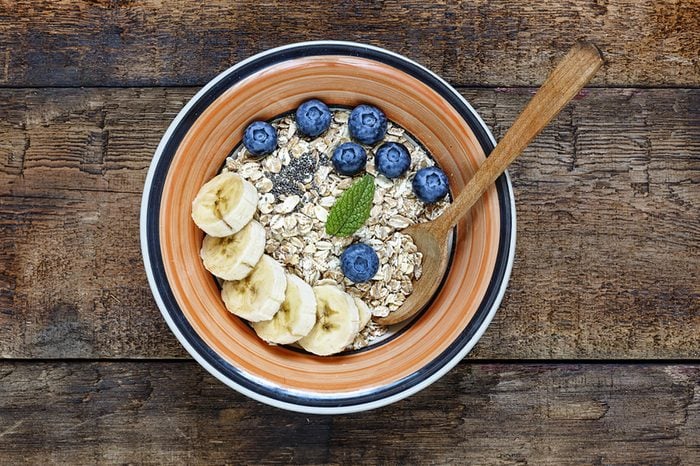
Make your own breakfast cereal
Most packaged breakfast cereals, granolas, and oatmeals contain lots of calories, carbohydrates, and plain sugar. It’s not just children’s cereals that have loads of sugar. There’s a good chance your adult packaged breakfast food has it too. The Heart and Stoke Foundation recommends no more than 12 teaspoons of added sugar per day.
That morning sugar can cause a spike that will lead to an energy crash at the office a few hours later. You’ll end up hungry again, in search of more sugar, explains Autumn Ehsaei, a registered dietitian in Cary, North Carolina, and founder of Perennial Nutrition.
Here’s a fix: Make your own cereal. “Instead of a packet of sweetened oatmeal, make your own plain oatmeal and flavour it yourself,” she says. You can start with pure, rolled oats or unsweetened instant oatmeal mix. (Try this Pumpkin and Apple Oatmeal recipe.)
If you can’t resist that sugary favourite, she says, “consider buying one that is maybe sweeter, and combine it with another that has little to no added sugars. You will still feel satisfied by the sweetness, but it’s less than you would normally eat,” Ehsaei explains. Just purchase a healthy, no-sugar-added box of oats and you use it in numerous healthy ways.
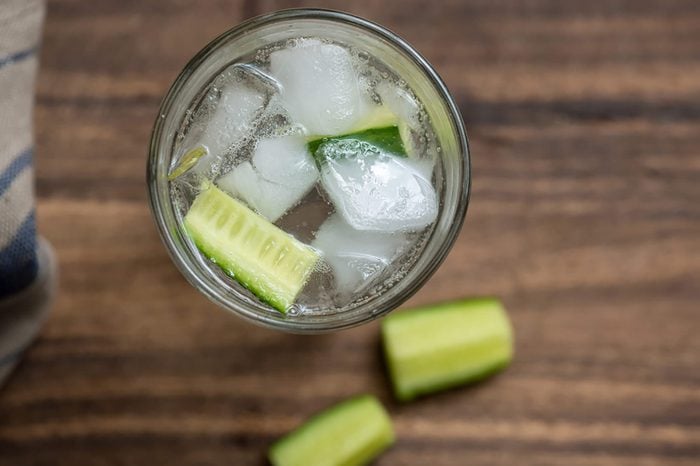
Flavour your water
Infusing water or seltzer with flavours from fruit, herbs, and veggies—think cucumbers, lemons, watermelon, grapefruit, mint—enhances flavour without adding sugar, and you even get a little nutritional lift. “If you want a flavoured beverage, use just a splash of whatever it is you like with plain tea, sparkling water, or regular water. You’ll still have taste, but minimize the added sugars,” explains Ehsaei.
If you need inspiration, try one of these fruit-infused water recipes for a refreshing, sweet treat in the day.
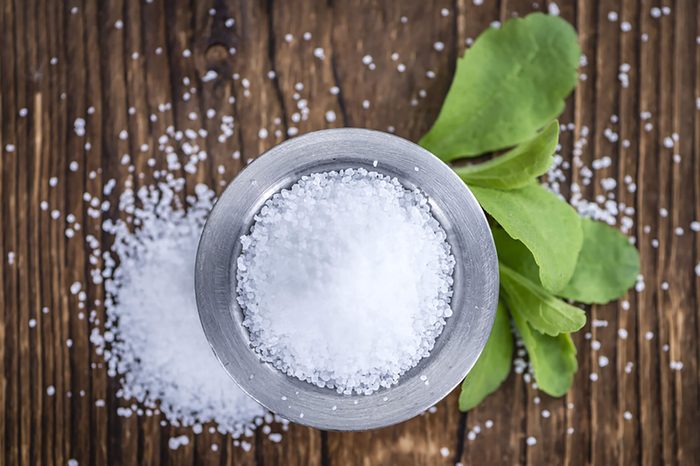
Sweeten naturally
“Instead of white sugar or artificial sweeteners, try quenching your sweet tooth using a natural non-caloric natural sweetener such as stevia or monk fruit, says Shanna Shultz, a registered dietitian and in-store nutritionist with Giant Food Stores in Harrisburg, Pennsylvania. In addition to being non-caloric, stevia may even help stabilize your blood sugar. You can buy packets or drops to use to sweeten tea or coffee or powdered forms for use in recipes, she says. Stevia is 200 to 400 times sweeter than sugar and monk fruit is 100 to 250 times sweeter, according to Harvard School of Public Health, so you only need a small amount to get the taste you want. You also can find these sweeteners in many products at the grocery store, including soda and candy.
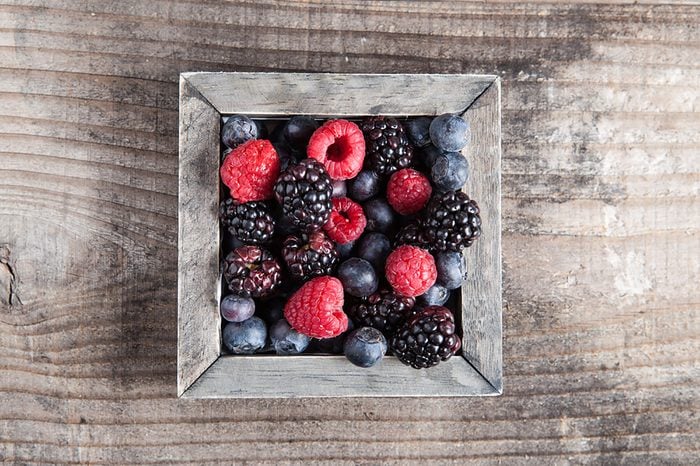
Snack on fresh fruit
If you have a sweet tooth, eating fruit to satisfy that craving is way better than downing a chocolate milkshake, says Jennifer Lease, a registered dietitian nutritionist and chef in Denver. “There is so much deliciously sweet produce and the most beautiful thing is that they truly require very little manipulation in the kitchen because they already taste so delicious,” she says. “Plus, fresh, seasonal, and local fruits contain more nutrient value and flavour.”
Dried fruit can also satisfy a sweet tooth. It can be higher in fibre and antioxidants than its fresh counterparts, says Lease, but it’s often also higher in sugar and calories, so watch your serving size.
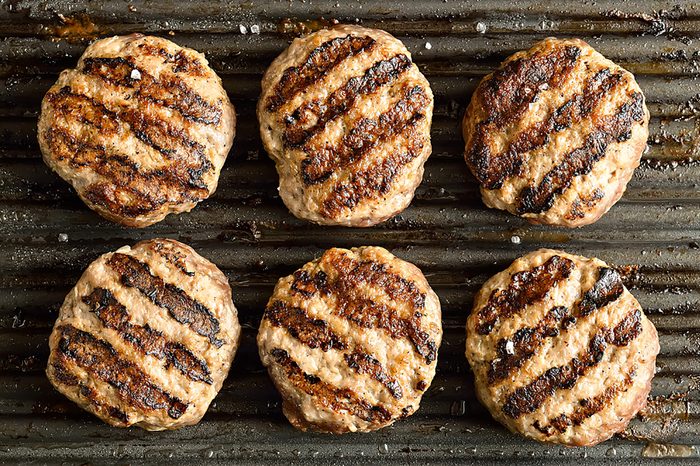
Skip the condiments
Condiments are highly processed and a deceptive source of sugar, Lease says. This means that if you want to lower your sugar intake then you need to skip barbecue sauce, fry sauce, and even savoury flavours like mayo, ketchup, and ranch dressing (yep, they’re loaded with sugar too), she says. For a healthy, low-sugar alternative, make your own condiments, like tomato paste, yogurt dip, and salad dressings.
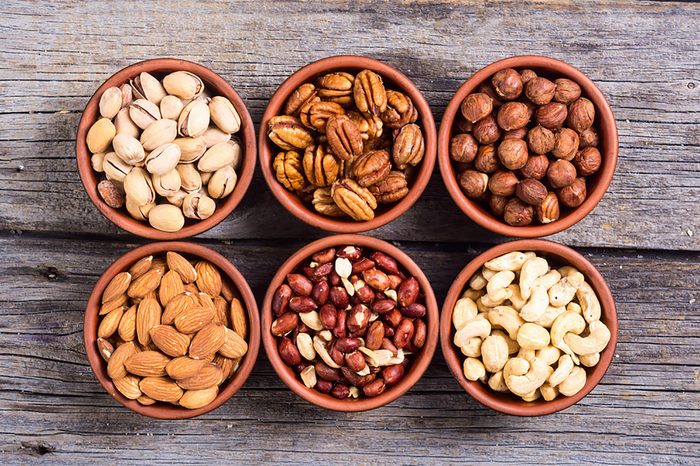
Go raw
Go raw when it comes to your nuts, seeds, and crackers—they’re plenty tasty on their own, Lease says. When you cover healthy snack foods like nuts and seeds with glazes, dessert coatings, or salt, you’re sabotaging all those wonderful health benefits they provide. “From a sugar perspective, these may as well be candy,” she says.
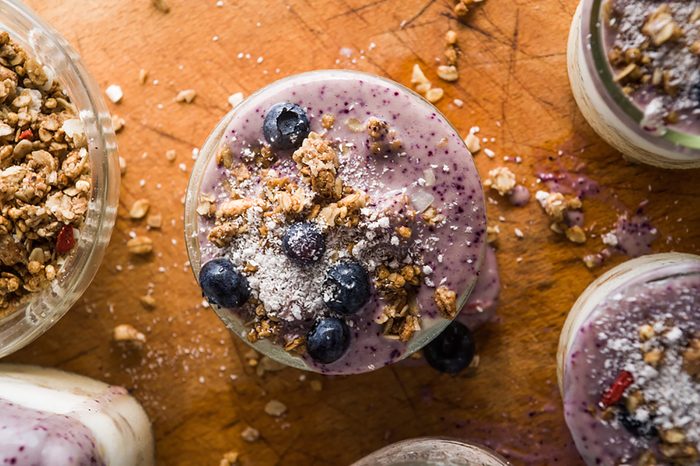
Put back the packaged snacks
Nix packaged snacks—even “healthy” ones like organic fruit snacks or gluten-free crackers—if you’re trying to lower your sugar intake, Lease says. “These snacks, such as organic cookies and gummy candies, are still snacks and it doesn’t change the fact that these are processed foods that typically contain a lot of sugar and saturated fat,” she explains. “Organic does not necessarily mean that a product is healthier in terms of the product’s nutritional profile.” In general, you want to limit your intake of processed foods.
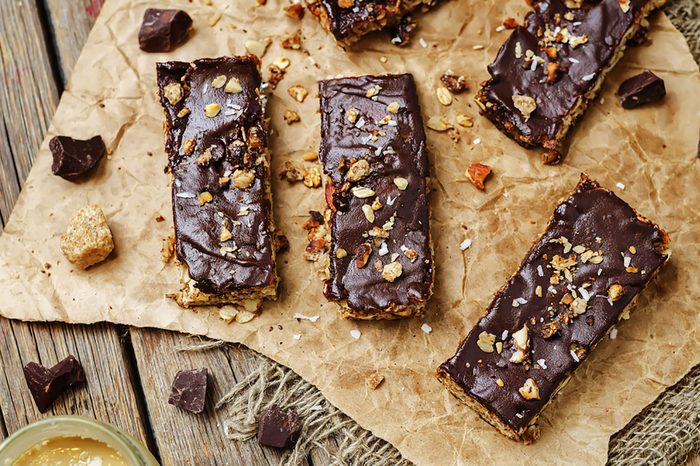
Treats come in many forms
If you’re craving a candy bar, don’t give in just yet. Instead, ask yourself if there’s a healthier option. For instance, a protein or granola bar that’s chocolate-based, high in fibre and other healthy nutrients, and low in net sugars and carbohydrates, will still fill your craving. Just be sure to check the labels—particularly looking for added sugars—before picking the winner, says Jackie Newgent, RD, a registered dietitian and a chef instructor with the recreational division of the Institute of Culinary Education in New York City. You can also make your own energy bars with these recipes.
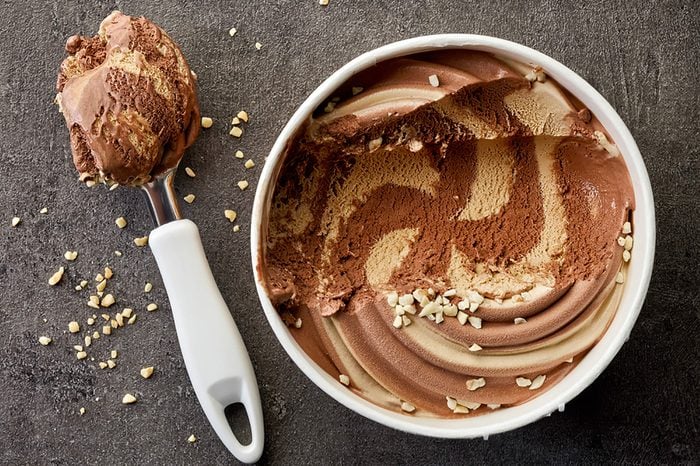
Scream for nice cream
There’s nothing quite like digging into a bowl of ice cream after a long day. But those fats, calories, and sugars won’t make for a healthy comfort food. Here’s an option. “Choose a natural, low-sugar frozen treat or ice cream, like Halo Top, instead of regular full-sugar ice cream to save over 15 grams sugar per 1/2 cup serving,” suggests Newgent.
Or, if you’re not into the store-bought route, you can make your own “nice cream” by blending a frozen banana with some chocolate or peanut butter for a slimmer, homemade version, she says.
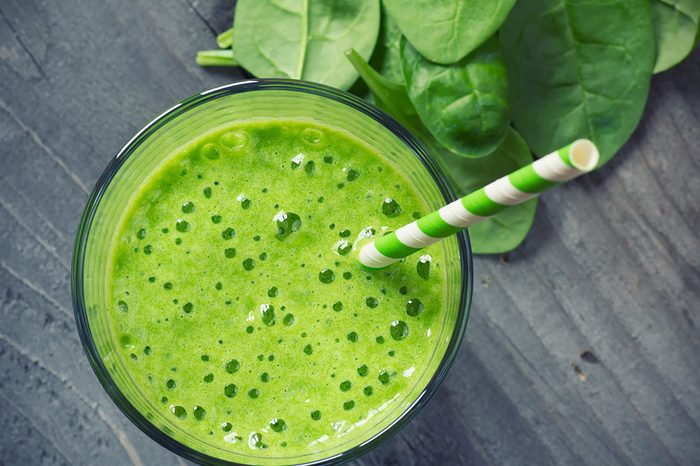
Add veggies to your smoothies
Smoothies can be great for you, but some are closer to milkshakes than health drinks. Skip sugar-sweetened yogurt and juices and stick to whole produce, ice, and unsweetened milks, says Rebecca Lewis, a registered dietitian and writer for HelloFresh.
“Ensure your home-made smoothies are two parts vegetable to one part fruit, and blend it with water or milk so you don’t end up with an overly sugar-laden drink,” she explains. “To cut more sugar, look for low-sugar fruits, like berries, melon, lemon, or kiwi, as opposed to fruits higher in sugar, like cherries, mango, pineapple, and papaya.” For an easy morning drink, look to one of these breakfast smoothies you can whip up quickly.
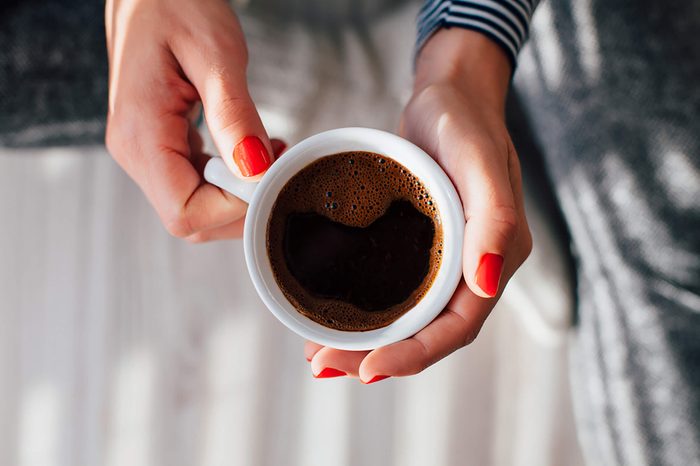
Make sure you can taste the coffee in your cup
Sugar frappuccinos aren’t real coffee—they’re coffee milkshakes. In fact, flavoured coffees can have upwards of 100 grams of added sugar depending on size and add-ins, Lewis warns. That’s the equivalent of about 25 teaspoons of sugar. That’s a lot.
If you prefer a pick-me-up in the morning, start by finding varieties of coffee beans that taste good to you, she says. Then drink your coffee plain or with a dash of milk. If you need sweetener, add Stevia or a natural flavouring like cinnamon or vanilla, Lewis says. (Want to avoid caffeine? Make this caffeine-free bevvy when you’re craving coffee.)
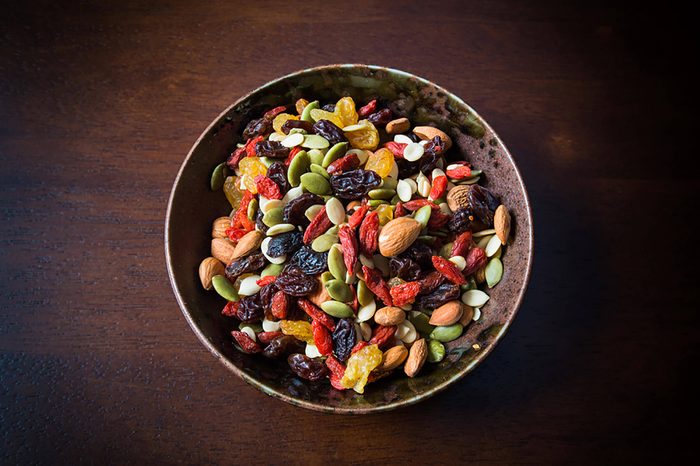
Nix trail mix
Many trail mixes—both the kind you buy at the store and those you make yourself—use high-sugar cereals, chocolate chips, sugared dried fruit, pretzels, and even candy. “For something marketed as healthy, you’ll be shocked at how much sugar is actually in there,” Lease says.
But that doesn’t mean you have to starve on hiking trips. Instead, make a healthy homemade trail mix starting with plain nuts and add low-sugar ingredients like plain coconut flakes, chia seeds, and no-sugar-added dried berries, she says.
Next, learn what happens to your body when you stop eating sugar.
